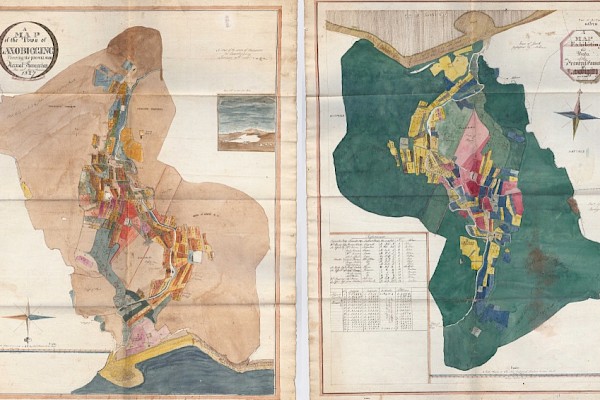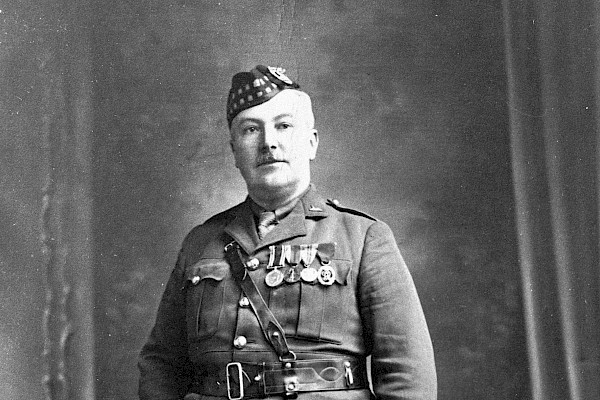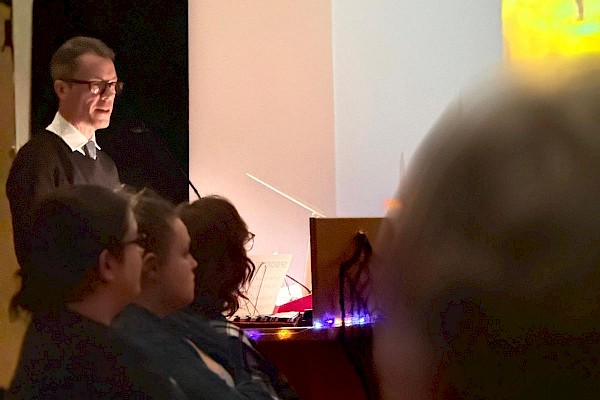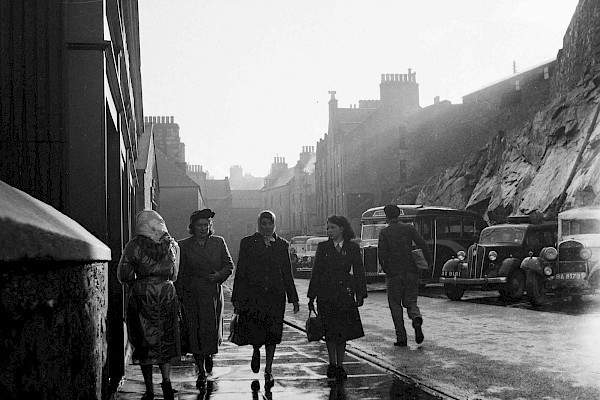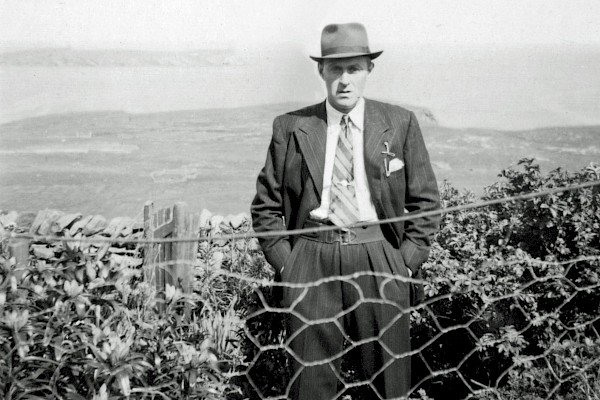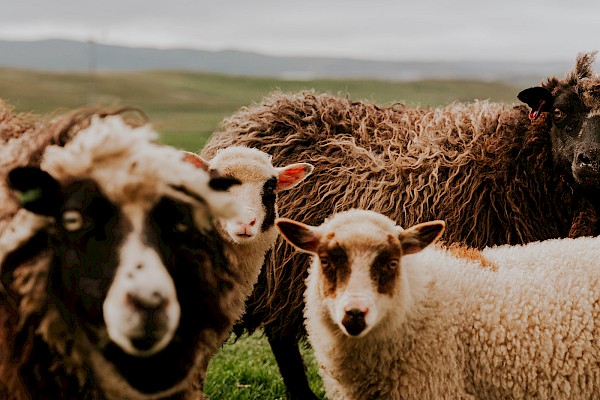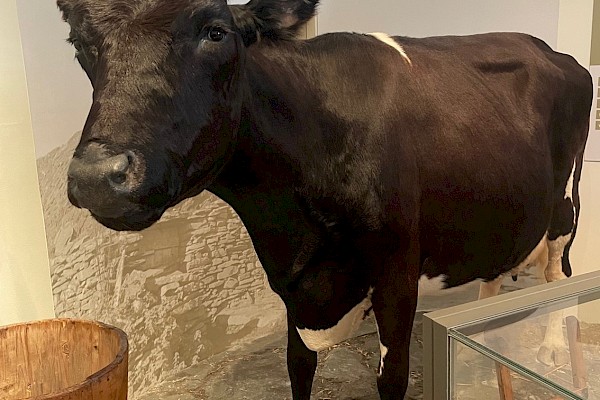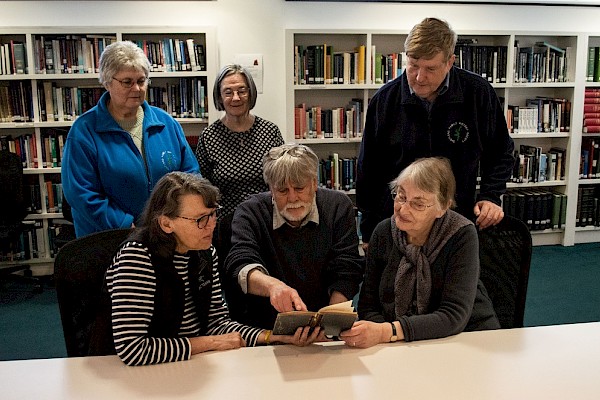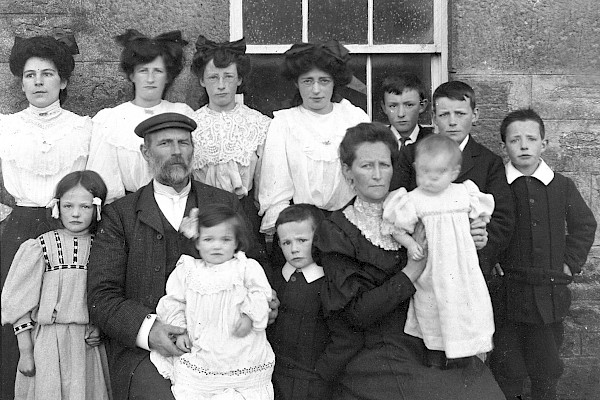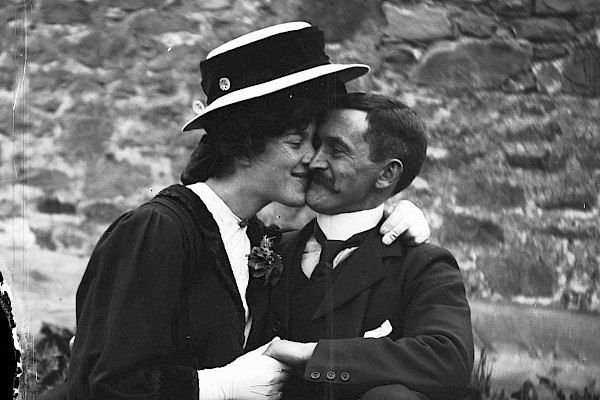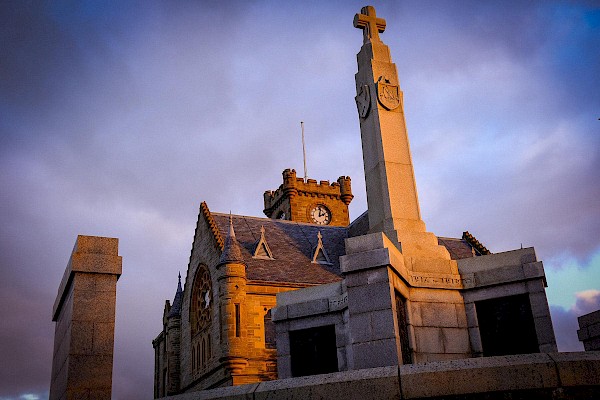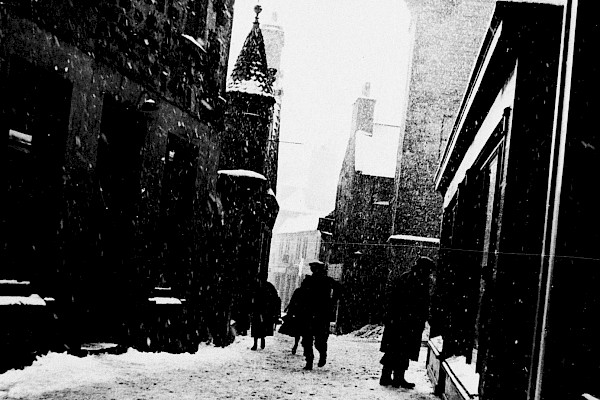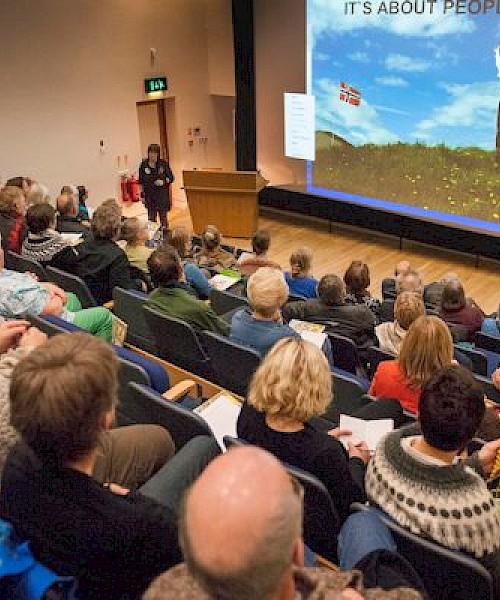Sumburgh airport in the log books (1958 - 2010)
Archives assistant, Angus Johnson, has been working with our collection of Sumburgh airport movement logs (D1/236, 1958-2010). They cover many a change in technology, and in the Shetland economy.
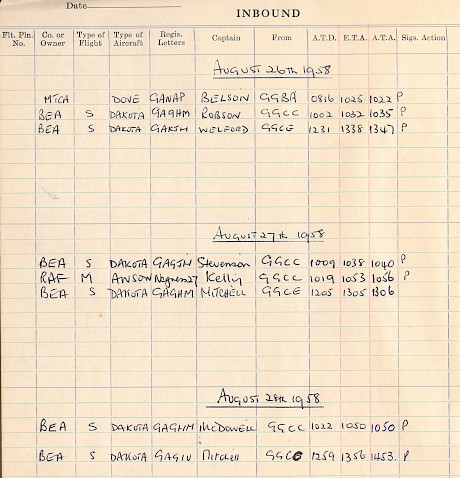
Passenger air services to Sumburgh Airport were well established by the time of the first log entry on 26 August 1958, although the aircraft landing, G-ANAP, a De Havilland Dove, was operated by the Civil Aviation Authority who then ran the airport. Two passenger planes followed, G-AGHM and G-AKJH, from British European Airways, a predecessor of British Airways. These were from the Douglas DC-3/C-47 family, although BEA had rebranded them as the Pionair by BEA. The name never really stuck and whoever was writing the log chose the wartime designation Dakota. A local dance band did adopt the BEA name, calling themselves The Pionaires.
Two flights daily then, weather permitting – the log often shows entries with the word cancelled – and one daily in winter. There were no flights on Sunday, the Sabbath was kept. Destinations were Renfrew (Glasgow) airport, and Aberdeen. Apart from the Dakotas, a very limited range of aircraft used Sumburgh in 1958 – an Airspeed Consul, the Avro Anson, and a Vickers Viking, all from the RAF. A Dragon Rapide biplane, G-ALPK, from Cumberland Air Taxi, was probably a charter.
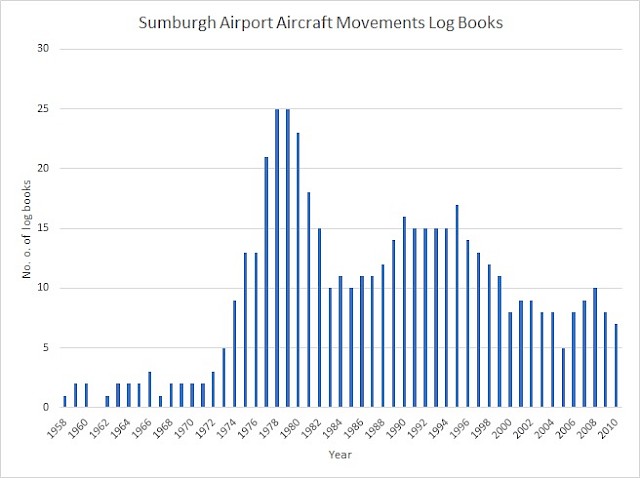
The Dove and the Viking were postwar productions, the rest were wartime or pre-war. There were a lot of aircraft like that in use on out of the way routes. In 1947 the service had even used ex-Luftwaffe tri-motor Junkers 52’s, but Tante Ju was too worn out to continue for long. All the aircraft used piston engines, no turboprops or pure jets. The first jet had landed in March 1956, unfortunately before our series begins. It was a then state of the art Canberra bomber, and brought home a Shetlander, RAF Pilot Officer Billy Smith.
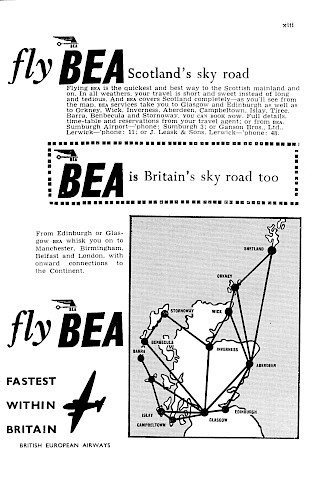
G-AGHM and G-AKJH, the Dakota aircraft, might still be in existence. Internet sources suggest one is stored in Jeddah, Saudi Arabia, and another allegedly in storage in Zimbabwe. That one, G-AKJH, had served the RAF in S.E. Asia, and had been the personal aircraft of the Maharaja of Baroda in India in 1948! The Dove’s cockpit survives but not the rest of it, and is being restored. It was displayed at an event in Newark Air Museum this year - you can check it out on Facebook.
Things changed slowly. A brand-new BEA aircraft came in 1962, the Handley Page Herald, turboprop powered. In 1966, BEA installed the Vickers Viscount on the Sumburgh routes, not new, but good, carrying only up to 46 passengers because of the length of the runway at Sumburgh. These were important changes, but more dramatic ones were to come. One simple way to show them is a graph of the number of log books used per year.
Things were never the same again after 1970. Bear in mind that the earlier log books had two or three days to each page. By the mid-70s, each line was used, so the early part of the graph suggests more activity than there was. Even, so there’s no mistaking what happened, and what happened was the oil industry. The airport and related facilities were completely rebuilt. Helicopters alone accounted for a vast amount of activity. There were a rich variety of fixed-wing types at that time too. The venerable Dakota made a comeback, even other Douglas types like the DC-4 operated by Dan Air. That company made extensive use of the Hawker Siddley 748, as did British Airways when it phased out the Viscount. Executive jets even appeared.
The economy according to the log books? The 1970s and early 80s were a time of frenetic prosperity in the South Mainland, well paid jobs, and good apprenticeships. The middle ‘80s were much less so. The oil industry found Sumburgh expensive, moved on and moved personnel out, local jobs were shed and new ones found with difficulty. On the other hand, there were some bargain houses to buy. Things picked up, and dipped again in the 2000s, moving to the tune of oil industry investment and decisions.
As anyone who has attempted travel in the last few days knows, Shetland air services can be a challenging environment. It used to be rather more so. Sumburgh is a foggy part of Shetland. In September 1956 the Sumburgh Lighthouse foghorn ran for 66 hours non-stop. The airport had one aircraft land between the 19th and the 27th. Services now are much more reliable, and despite fears about service provision and costs over the years, we’ve never gone back to a couple of flights a day.

